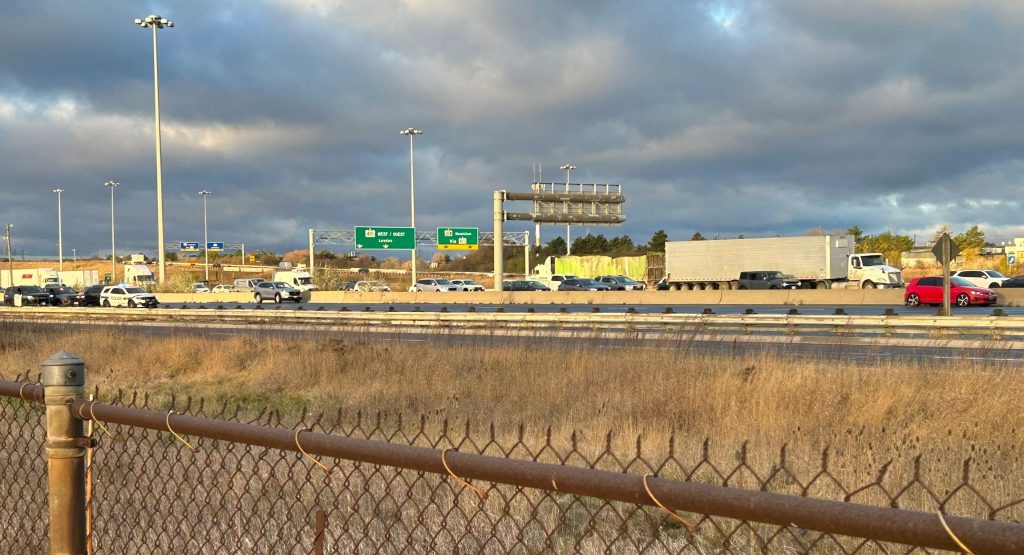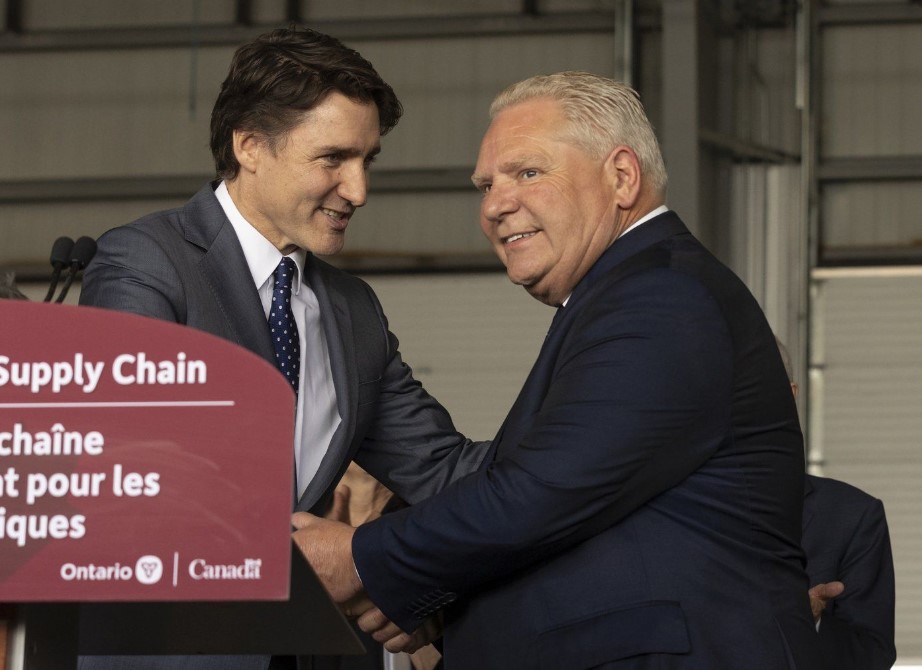Feds looking to protect carbon price with legislation or compensation

Posted March 30, 2022 2:52 pm.
Last Updated March 30, 2022 8:47 pm.
The federal government is looking to “future proof” the carbon price against political decisions to cancel or lower it down the road.
That could include legislation to enshrine the carbon price and its upward trajectory into law. Or it could mean signing contracts with investors guaranteeing compensation if the carbon price doesn’t go up as promised, negatively affecting their investment.
The promise is made in the new emissions reduction report tabled Tuesday by Environment Minister Steven Guilbeault, which says carbon pricing is the “cornerstone” of Canada’s climate action plan.
Pollution, including greenhouse gas emissions, has a societal cost and carbon pricing is a method of applying those costs to the person or entity doing the emitting. It also makes investing in technology that reduces emissions more economically appealing than the status quo.
But that appeal is lessened if there is no certainty that the carbon price will be as promised.
Guilbeault said in an interview he is hearing from a number of private sector investors that they’re holding back their funding for emissions-cutting projects because the incentive to invest is based on a carbon price that is politically fragile.
“They’re saying we need certainty because we are making important investment decisions based on carbon pricing, and what happens if a year or three years from now there’s a new government and all of a sudden, this is not there anymore,” he said.
“So this is really a response from the federal government to the investor and private-sector community saying we hear you. And we are in the process of looking at ways that we could basically future proof carbon pricing in Canada.”
Michael Bernstein, executive director of climate policy organization Clean Prosperity, says investors aren’t moving their money to climate action as quickly as needed, adding that legislating confidence in the carbon price is one of the most important things in the new emissions plan.
He used carbon capture and storage as an example, saying generally it costs less than $110 a tonne of emissions captured to install. The current national price on pollution is rising $10 to be $50 a tonne of emissions on April 1, but is to rise by $15 a year until 2030 when it hits $170.
“So if you have industrial emitters, who are facing a carbon price of $170 a tonne in 2030, they will naturally have an incentive to instead pay for the carbon capture, which is less expensive, and avoid paying the carbon price,” he said. “So in short, it gives them the economic incentive to make these investments. They can show their investors and their board that this will have an economic return to make these investments.”
Carbon pricing has been a political football in Canada for more than a decade and has played a role in every federal election, and multiple provincial elections, since at least 2008.
Carbon pricing has also been vulnerable to government change.
The Ontario cap-and-trade system was eliminated in 2018 after the Progressive Conservative government of Doug Ford took office. A year later, Premier Jason Kenney killed off the carbon price implemented by the Rachel Notley government in Alberta in 2017.
Since 2019 the federal government has imposed its national system on any province without a comparable provincial price, including Alberta, Ontario, Manitoba and Saskatchewan.
The federal Conservatives have repeatedly promised to kill the carbon price. Ousted Tory leader Erin O’Toole had proposed a small carbon pricing program, sparking anger and becoming one of the reasons he was voted out by his caucus in January.
Several candidates running to replace him are also promising to cancel, or at the very least adjust, the national system.
Marty Reed, a founder at Vancouver’s Evok Innovations venture firm, said “consistent, predictable pricing” is critical for investors in things like carbon capture and storage.
“Without that confidence, investors simply won’t make the sort of commitments required to build out what will be many billions of dollars in capital projects,” he said.
Sarah Petrevan, director of sustainability at the Cement Association of Canada, said the uncertainty about carbon pricing is “a significant issue” for cement companies, all of whom are on board with cutting emissions.
It is not the only barrier to investments, said Petrevan. Policies to drive demand for net-zero cement are also critical, she said.
But projects to cut emissions are lengthy and expensive, and anything the government can do to provide certainty that the carbon price driving those investments will still be there when the projects are done, will help, she said.
“Businesses thrive on certainty.”








